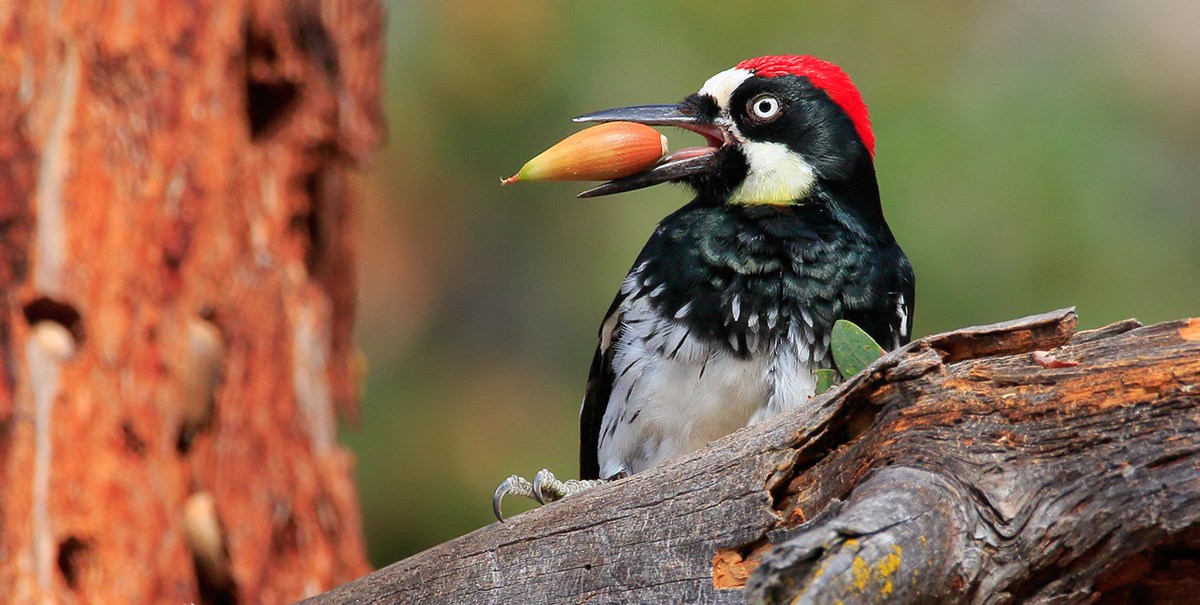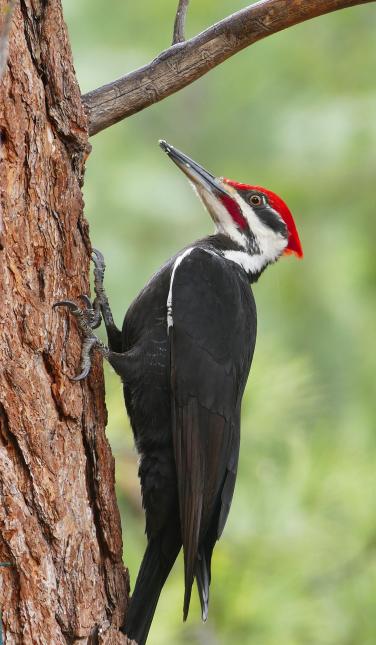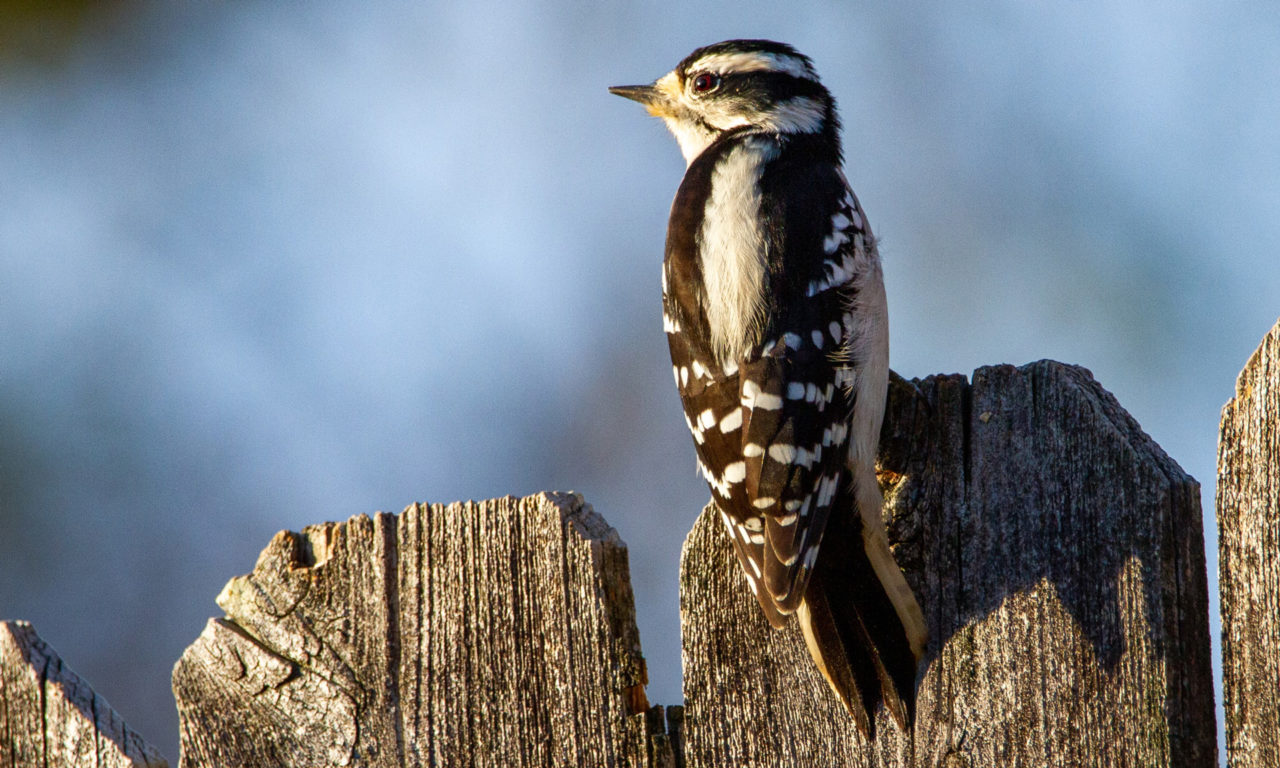Woodpeckers in Florida: Natural History, Ecology, and Preservation
Woodpeckers: A Comprehensive Guide to Understanding These Unique Birds
Woodpeckers, with their distinctive actions and physical features, have actually long astounded the inquisitiveness of ornithologists and nature lovers alike. From their rhythmic drumming echoing via the timbers to their amazing adaptations for scaling tree trunks with convenience, these birds provide a remarkable research in avian biology. However, what absolutely establishes woodpeckers apart is not just their striking look however also their vital duty in preserving the delicate equilibrium of environments. As we discover the elaborate anatomy, diverse varieties, and environmental significance of woodpeckers, a much deeper appreciation for these one-of-a-kind birds and the mysteries they hold unravels.

Woodpeckers' Drumming Habits
Woodpeckers display a rhythmic and exact drumming habits that serves various essential features in their day-to-day lives. This habits is mainly related to communication, territory protection, and foraging. The unique drumming noise is created by the quick pecking of their beaks versus hard surfaces such as tree trunks, branches, or even metal things.
Interaction is a vital element of woodpecker behavior, and drumming plays a substantial function in this process. Woodpeckers make use of drumming to develop their visibility, draw in mates, and keep contact with their companions and children. The frequency, strength, and duration of drumming sequences convey details messages to other woodpeckers in the location.
Along with communication, woodpeckers utilize drumming behavior for region defense. Woodpeckers in Florida. The loud and repetitive drumming offers as an advising to prospective burglars, indicating that the location is already asserted. By establishing their region with drumming, woodpeckers decrease the chance of disputes over valuable resources such as food and nesting websites
Furthermore, woodpeckers additionally utilize drumming as a foraging strategy. The rhythmic pecking aids them find bugs hiding under the bark of trees by producing resonances that disrupt the target's concealment. This actions showcases the flexibility and ingenuity of woodpeckers in using their drumming skills for several vital objectives.
Distinct Adjustments for Tree Climbing
Having actually mastered the art of drumming to interact, safeguard territory, and forage, woodpeckers have advanced unique adaptations that promote their remarkable climbing capabilities in their arboreal environments. One vital adaptation is their specific feet. Woodpeckers have zygodactyl feet, with 2 toes aiming onward and two toes aiming backward. This arrangement offers a solid grasp on the upright surface areas of trees, allowing them to stick easily while foraging for bugs or drumming. Additionally, woodpeckers possess rigid tail feathers that function as a prop to sustain their bodies as they climb up. These tail plumes give security and equilibrium, making it possible for woodpeckers to maneuver up tree trunks with precision look at this web-site and agility.
Moreover, woodpeckers have powerful neck muscle mass and a distinct skull structure that help in their climbing up capabilities. Their strong neck muscles allow them to swiftly eat tree bark without experiencing whiplash, while their thick head and little brain act as shock absorbers, shielding them from the influence of duplicated drumming. These adaptations collectively enable woodpeckers to navigate the upright globe of trees with effectiveness and grace.

Role of Woodpeckers in Ecological Communities
Playing a critical function in woodland ecosystems, woodpeckers contribute dramatically to the balance and health and wellness of their environments via their unique habits and communications with various other varieties. One of the essential environmental features of woodpeckers is their duty in regulating insect populations. By foraging for insects under the bark of trees, woodpeckers help control bug populaces, protecting against outbreaks that could harm the general health and wellness of the woodland. In addition, woodpeckers develop dental caries in trees that function as crucial nesting sites for a variety of various other bird varieties, advertising biodiversity within the ecological community.
Moreover, the drumming and articulations of woodpeckers play an essential duty in communication and territory establishment. These audios not just offer to draw over at this website in mates but additionally aid specify limits between various woodpecker regions, minimizing conflicts and advertising an unified coexistence within the forest community. On the whole, the visibility of woodpeckers in forest ecosystems highlights their importance as keystone varieties, influencing the dynamics and operating of these environments in multifaceted means.
Composition: Specialized Beaks and Feet
In the detailed internet of woodland communities, the specialized beaks and feet of woodpeckers are important adjustments that enable them to satisfy their critical ecological duties. Woodpeckers have special anatomical functions that are specifically developed to assist them in their foraging and nesting behaviors.
The most distinguishing characteristic of woodpeckers is their strong, chisel-shaped beaks. These beaks are completely adjusted for exploration into wood to discover pests, larvae, and sap hidden below the bark of trees. The solid muscular tissues and sturdy structure of their beaks enable woodpeckers to eat a price of approximately 20 times per second without causing damage to their skulls.
Furthermore, woodpeckers have actually specialized feet that help in their acrobatic climbing up abilities. Their feet have two toes directing ahead and 2 toes aiming in reverse, providing a strong grip on vertical surfaces (Woodpeckers in Florida). This distinct their website foot plan, together with tight tail plumes that work as an encouraging prop, permits woodpeckers to hold on to tree trunks and branches effortlessly while they look for food or excavate nesting cavities
Woodpecker Species Variety
Woodpeckers are a varied group of birds found throughout different communities worldwide, with over 200 known varieties displaying adaptations to various atmospheres. Woodpeckers have evolved to live in a variety of environments, from woodlands and timberlands to meadows and deserts, each providing unique obstacles that have actually influenced the evolution of distinctive woodpecker varieties.
These adjustments enable woodpeckers to forage efficiently in their particular environments, minimizing competitors among species and promoting particular niche differentiation. Additionally, geographic isolation and historic variables have actually played a role in shaping the distribution and diversity of woodpecker types, leading to the vast array of specialized adaptations seen in these fascinating birds.

Conclusion
In conclusion, woodpeckers are remarkable birds that exhibit unique drumming actions, specialized adaptations for tree climbing, and play vital functions in communities. Their anatomy, consisting of specialized beaks and feet, allows them to grow in their atmosphere. With a diverse series of woodpecker species located worldwide, these birds are vital for maintaining the wellness and balance of woodlands and woodlands. Recognizing and appreciating the details of woodpeckers can offer beneficial insights right into the environment.